Not many people seem to have this DW. I thought I'd post a fuller review now that we've lived with it for a month. This is the model without the third-rack cutlery tray, which I wasnt interested in.
First let me say, I knew our old 1989 Kenmore/GE DW was terrible. But I never realized HOW terrible it was until we got a DW that could really clean dishes, LOL.
Pros:
- Relatively quiet (see Cons for more details).
- It actually cleans! Not only dishes with clumped-on cheese, but coffee cup rings and greasy tomato-based sauces out of Tupperware. (Gasp!) I don't have to pre-wash any longer, which means I save not only water but time.
- The Pro-scrub cycle for dirty pans (see Cons for more detail) actually works. I have cleaned dirty casserole dishes and griddle pans with it. I could never put pans in my old DW; when I pulled them out there would be a greasy film inside.
- Reasonably flexible loading (see Cons for more details) with two fold-down rows in both top and bottom racks. I really like this and use the fold-down in the bottom rack regularly.
- Top rack can be moved up or down. This was extremely important to us, because I have some really tall items that I use several times a week. The top rack stays permanently in the higher position, in our house.
- Extraordinarily hot inside, maybe because of the stainless tub (the Kenmore had a plastic tub). Despite the fact I NEVER use the Heated Dry, if I leave the dishes in for an hour or so after the cycle ends, when I pull them out they are almost completely dry.
- Apparently unfussy about detergent. They gave us some powder tablets, but I had some old Cascade gel in the pantry, and it works great with that too.
- Cycles are reasonable: 1 hr 15 min for Normal, 1 hr for Pro-Scrub (again, both without Heated Dry). I havenÂt used the Heavy Duty cycle yet. I donÂt expect to ever use the China cycle.
- We donÂt have children with greasy fingerprints, but IÂve always got dirty hands during prepping and clean-up. The stainless front is a breeze to keep clean, thanks to a microfiber cloth (tip, of course, from GW folks!).
- I took out the very long, removable cutlery holder (which also has two lidded sections for those small things that bounce around). ThereÂs a small corner basket thatÂs permanently attached. I donÂt always have a lot of flatware to wash, depending on what IÂm loading in, so I keep a small clip-on plastic basket to use as an additional flatware holder when I need it.
- I have put in a lot of small-jar lids in the upper rack, without making any real effort to brace or cover them so they donÂt flip around (a problem with my old 1989 DW, which used lots more water at higher pressure). They come clean, but donÂt move around. This also means a lot less risk of chipping. I use to hear my dinnerware clattering sometimes in the old DW, but not in this one. We have an open-plan main floor, so I was used to hearing the old DW across the room as I worked on the computer!
Cons:
- You can hear the food grinder once at start-up, and sometimes again in mid-cycle depending on how dirty the load is. It is very short, not more than 5 seconds, and much more muted than the old DW. But it is noticeable simply because the washing cycle itself is very quiet.
- Our kitchen is above our master bathroom. The DW noise is actually a little more noticeable now in the mstr bath ceiling. Not anything that keeps us up at night, but noteworthy because the old DW would gurgle in a deeper tone, mostly down the drain pipe in the wall. This new DW (which uses one-third the water) has a much quieter draining, virtually unnoticeable. But when downstairs in my master bath I can hear the gentle swishing of the wash cycle more clearly, than when I stand in the kitchen in front of the DW. It seems the ambient noise is more directed downwards, than outwards.
- Loading: The old DWÂs 'center tower' design took up room but conversely, allowed taller items to fit more easily. I do a lot of mixed loads (my sample items did not fit in the Bosch or F&P drawers) but some things just take up a lot of room, and must be fiddled with to allow the upper-rack's bottom-mounted spray arm to rotate freely.
- Loading 2: The Pro-Scrub feature only works for the two rows in the back of the bottom rack, otherwise youÂd use the Heavy-Duty cycle (which runs about 1-1/2 hrs). These are fold-down tines, and arenÂt held upright very securely. I have to brace the items in those two back rows a little more carefully as heavy items knock the tines back down if unsupported. You should also note that very tall items in those two back rows mean you need to push in the upper rack first, THEN push in the lower rack, then make certain the spray arm on the bottom of the upper rack can circulate freely. Not difficult, just something to remember as a 1-2-3 process.
- A couple of times, the soap dispenser has not opened at the right time. IÂm not sure why this has happened; it could be that something has slipped down to interfere with the sensor. I am running this DW much more often than my old one, at least once a day and sometimes twice, and all other times the dispenser has worked perfectly. IÂll keep an eye on this, and report back if it seems an actual problem is developing.
- I use a lot of homemade pesto, and occasionally little flakes of basil leaves slip through the recycling filter.
There are no audible alarms at the end of cycle, BTW; only a blue "Clean" LED that stays on until you unload the DW.
All told, we are very pleased with the KA DW. We had the moisture barrier strip installed with the DW (another GW tip). It is quiet, saves water, and works very well for the way we cook and prep.
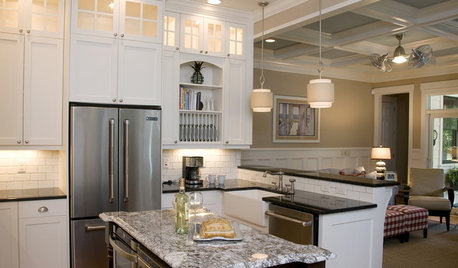

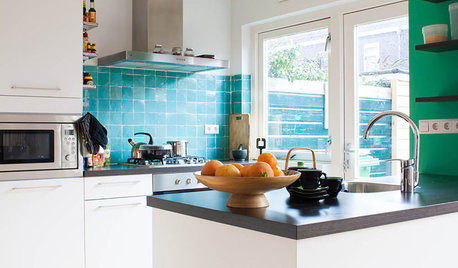

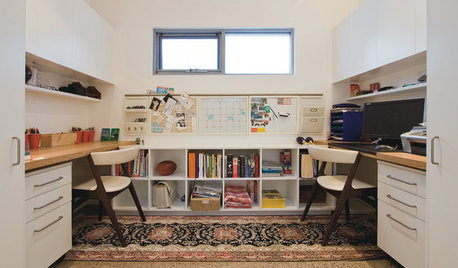



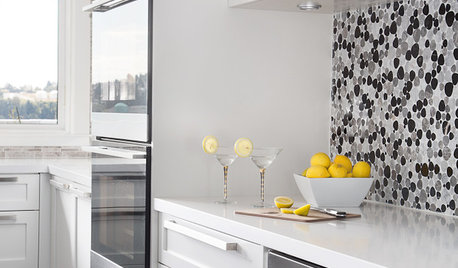
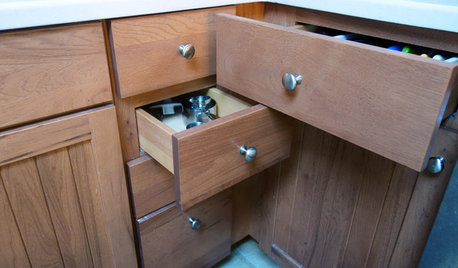



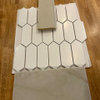
dianne47
monicakm_gw
Related Discussions
low-end DWs? Or KA Superba?
Q
Refrigerator Review / Advice - KA KSCS25FVMS
Q
KA DW issues finally resolved
Q
Miele Dimension DW review
Q
jakkomOriginal Author
pat_123
southernstitcher
susanlynn2012
jakkomOriginal Author
bevbran
jakkomOriginal Author